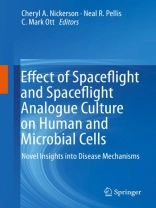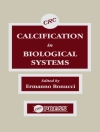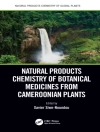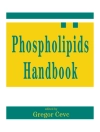Many breakthroughs in biological research and translational healthcare advancements have been achieved by studying the response of biological systems to extreme environments. The spaceflight platform provides a unique environment where researchers can explore fundamental questions into cellular and molecular response mechanisms to unveil novel insight into human health and disease. Since the physical force of gravity has shaped the architecture of all biological systems on our planet, spaceflight provides the opportunity to see life in a new adaptational mode — in response to reduced gravity. This enables investigations into the effects of the microgravity environment and associated changes in mechanical forces on mammalian cells/tissues and microbial pathogens, to bring novel insight into disease mechanisms, which are not discernable using conventional experimental approaches.
Research using spaceflight platforms represents a paradigm shift in how we observe life processes and is on the leading edge of research discoveries into cellular and molecular mechanisms of health and disease. By incorporating the views of leading authors, this book highlights landmark discoveries and advances in mammalian cellular and microbiology research in both true spaceflight and ground-based spaceflight analogue environments for scientists and students alike who are interested in the influence of physical forces on mammalian and microbial cells, how this impacts transition between normal homeostasis and disease, and basic mechanisms of adaptation to low gravity environments. To provide a thorough understanding of this research, this book covers a range of topics including:
(i) description the physical forces interacting with cells in microgravity and microgravity analogue environments,
(ii) how alterations in these cellular forces impact human physiology, specifically immune function,
(iii) useof these environments to develop organotypic three-dimensional (3-D) tissue culture models as predictive human surrogates for organogenesis and disease research, and
(iv) microbial pathogen responses to culture in these environments, focusing on infectious disease
Collectively, this information reflects a critical step in preparation for long-duration human space exploration, advances our knowledge of basic biological processes and mechanisms important to understand normal function and disease, and may lead to new strategies for treatment and prevention.
Содержание
Foreword.- Chronology of Key Spaceflight and Spaceflight Analogue Culture Experiments using Human and Microbial Cells.- Part I. The Principles and Translational Impact of Space Life Sciences Research.- Overview and Translational Impact of Space Cell Biology Research.- Principles of Analogue and True Microgravity Bioreactors for Tissue Engineering.- Immune Dysfunction in Spaceflight: An Integrative View.- Part II. Human and Cellular Investigations.- Biomedical Advances in Three Dimensions: An Overview of Human Cellular Studies in Space and Spaceflight Analogues.- Outpacing Infectious Disease: Mimicking the Host-Pathogen Microenvironment.- Use of in vitro Cell Culture Models to Understand the Cellular and Molecular Basis of Immune Dysfunction during Spaceflight.- Using a Spaceflight Three-Dimensional Microenvironment to Probe Cancer-Stromal Interactions.- Skeletal Muscle Tissue Culture Under Spaceflight Conditions.- Microgravity and Microgravity Analogue Studiesof Cartilage and Cardiac Tissue Engineering.- Part III. Microbial Investigations.- Microbial Investigations: Overview.- Using Spaceflight and Spaceflight-Analogue Culture for Novel Mechanistic Insight into Salmonella Pathogenesis.- Response of Pseudomonas aeruginosa to Spaceflight and Spaceflight Analogue Culture: Implications for Astronaut Health and the Clinic.- Cellular responses of Escherichia coli
to Microgravity and Microgravity Analogue Culture.- Spaceflight and Spaceflight Analogue-Induced Responses in Gram Positive Bacteria.
Об авторе
Cheryl A. Nickerson, School of Life Sciences, The Biodesign Institute, Center for Infectious Diseases and Vaccinology, Arizona State University, Tempe, AZ, USA
Neal R. Pellis, Division of Space Life Science, Universities Space Research Association, Houston, TX, USA
C. Mark Ott, Biomedical Research and Environmental, Sciences Division, NASA/Johnson Space Center, Houston, TX, USA












